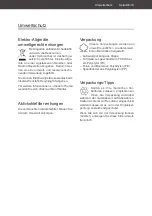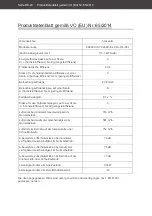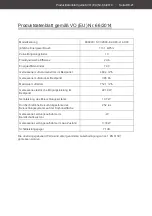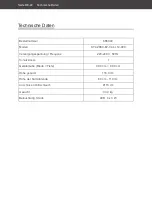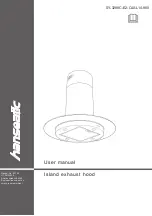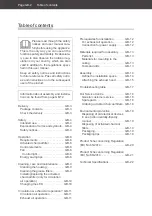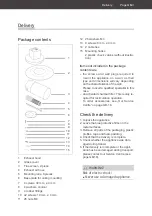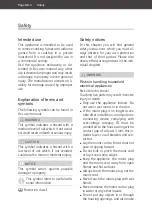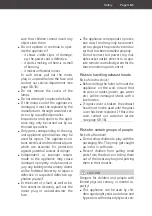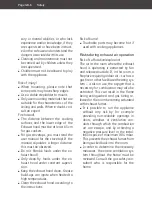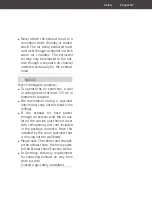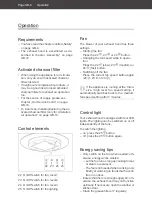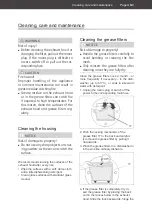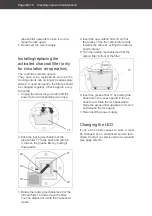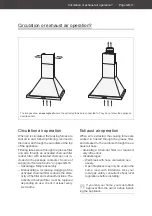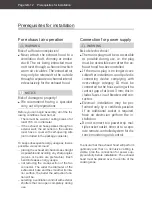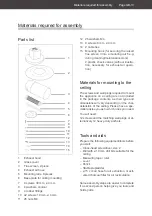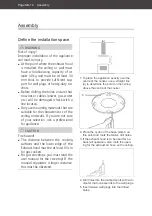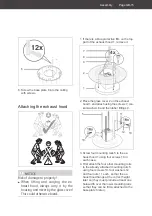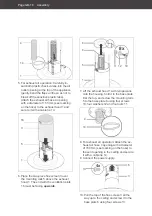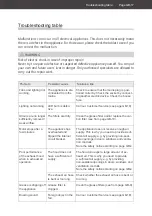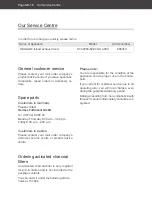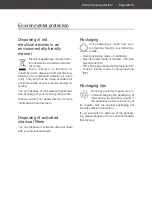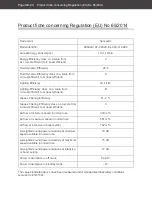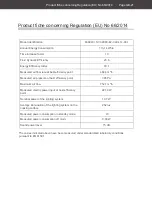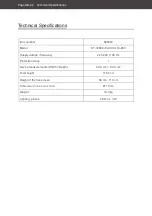
Circulation or exhaust air operation?
Circulation air operation
When air is circulated, the cooking fumes are
sucked in and, following filtering, returned to
the indoor air through the air outlets at the top
of the appliance.
Filtering takes place through the grease filter
and also through an activated charcoal filter
(odour filter with activated charcoal; not in-
cluded in the package contents). Source of
supply„Our Service Centre“ on page GB-18.
– Advantage: Simple assembly
– Disadvantage: Increasing clogging of the
activated charcoal filter reduces the effec-
tivity of the filter and exhaust functions. The
activated charcoal filter must be replaced
depending on use; check it at least every
six months.
Exhaust air operation
When air is extracted, the cooking fumes are
sucked in, filtered through the grease filter,
and released to the outdoors through the ex-
haust air hose.
– Advantage: Charcoal filter not required;
very little odour.
– Disadvantages:
– Wall break with hose connection nec-
essary.
– Open fireplaces may only be used in the
same room with limitations. Ask your
local gas safety consultant about local
regulations before installing.
If you rent your home, you must obtain
approval from the owner before install-
ing the appliance.
The images show
an example of
where the extracted fumes are conducted to. They do not show the appliance
described here.
Circulation or exhaust air operation?
Page GB-11

